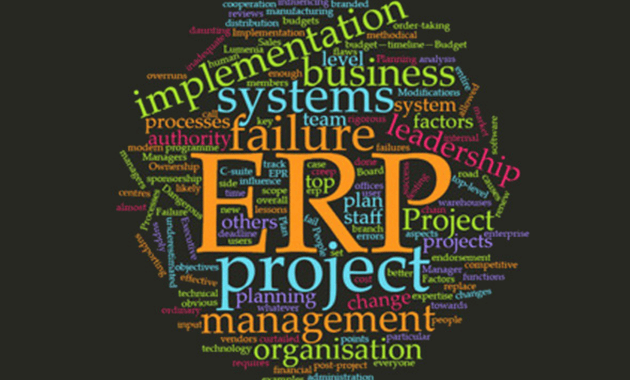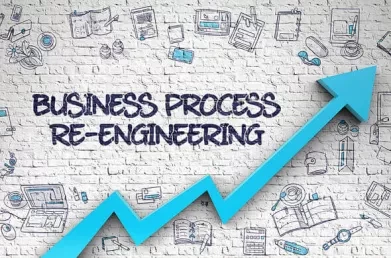ERP Failure Causes and Factors
Gartner research has found out that globally from 55% up to 75% of all ERP projects fail. The definition of ‘failure’ is a bit fluid but certainly means the projects did not reach their objectives. At the extreme end, the new systems did not work in any meaningful way or the cost overruns were 100% or more. This level of failure must be daunting to any organisation planning to renew or replace its ERP systems.
So what are the key causes or influencing factors in ERP implementation failure? Most of the post-project analysis points towards human factors, flaws in leadership or planning or project management. The technology side may contribute something but it is rarely the root cause. All modern branded ERP software is fit for purpose. It would not have survived in this highly competitive market otherwise. But the purposes differ widely in those different enterprises and sectors.

So choice is the key, because some systems are better at particular aspects of ERP than others. For example, manufacturing, distribution and supply chain or the provision of services all have different needs and some vendors specialise in the matching functionality. For enterprises in specialised sectors the needs and the emphasis may be quite different from their counterparts in mainstream business and selling services differs radically from products. In conglomerates and multinationals, what suits head office may not be suitable for certain subsidiaries. But in any context ‘better’ has to be the judgment of the users and management and suitability for the particular enterprise.
One factor that looms large in our experience is that ERP implementation is too often regarded and treated purely as an IT project. It is not. ERP is a set of systems supporting business processes across the entire organisation and typically impacting on every IT systems user. It follows that setting up a new ERP system is first and foremost a business change project, involving reviews and changes in business processes across the entire enterprise.
That aspect in turn leads to the leadership: it has to come from and carry authority from the top. An ERP implementation requires cooperation and input from almost everyone in the enterprise—functional and team managers, the financial administration staff and ‘ordinary’ users of some functions of the system. Sales people on the road and in order-taking call centres would be obvious examples, but there are likely to be others such as staff in warehouses, branch offices or whatever.
Ownership of the project plan has to be firmly established in a person of appropriate rank and authority, preferably with a day to day involvement. It might be the Project Manager or in larger organisations someone more senior—or perhaps permanent if the actual project management is on a contract basis. It also needs a top manager as an active sponsor, at C-suite or Executive Board level.
The reasons for authority and top management sponsorship will be clear to anyone who has experience of (or indeed simply gone through) a change management programme in any type of organisation. The project team members have their own timetables and inherent urgency. But for others there are always local urgencies and individual tasks that will top their priority lists. So the ERP project needs authority and influence to steer it through the many small bottlenecks that inevitably occur—and add up.
Changing or adding to the design while the project is ongoing is a recipe for potential disaster. The pro term is ‘scope creep’. Dangerous. You have to know at all stages where precisely you are going in the overall plan. Modifications can certainly be made if necessary. But they must be subject to an even more rigorous business case than the original specs and the budget—and timeline—must be stretched accordingly. Budget and deadline are often the controlling elements.
The lessons from the intimidatingly high level of ERP implementation failures are all about People, Planning and Processes. Certainly there can be technical errors, underestimated or curtailed budgets, inadequate time allowed or not enough methodical testing done. But the keys to keeping ERP projects on track are all to do with effective leadership and top level endorsement. Project planning is always better with experienced professionals insisting on clarity and depth in defining the business case and objectives, followed by an Implementation Plan which is both tightly timetabled and detailed.
Where the internal expertise is light or the staffers are fully occupied in coping with the daily requirements of the organisation, Lumenia can supply deeply experienced ERP Project Managers who can ensure that the Failure Factors behind those startling Gartner statistics do not become an issue.
This blog post was written by Sean Jackson, Principal Consultant at Lumenia Consulting. If you would like further information on ERP Failure Factors or any aspect of ERP Strategy, Selection or Implementation, please send an e-mail to Sean Jackson.


